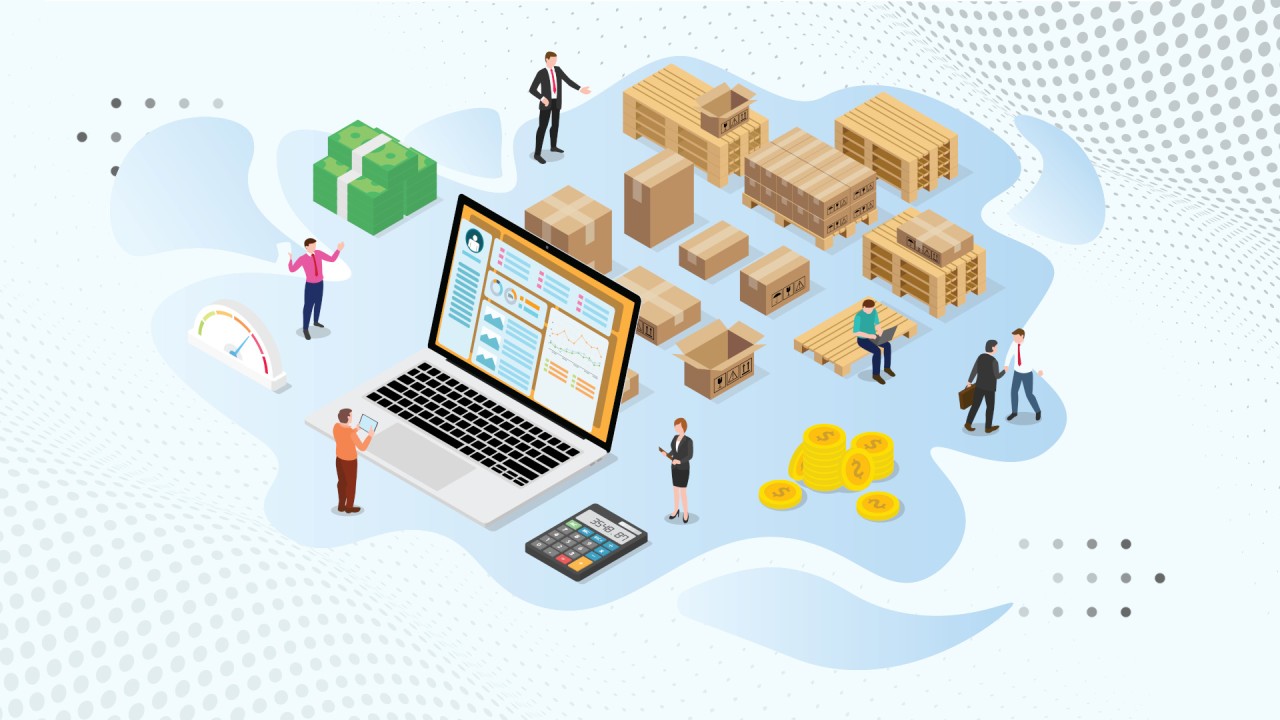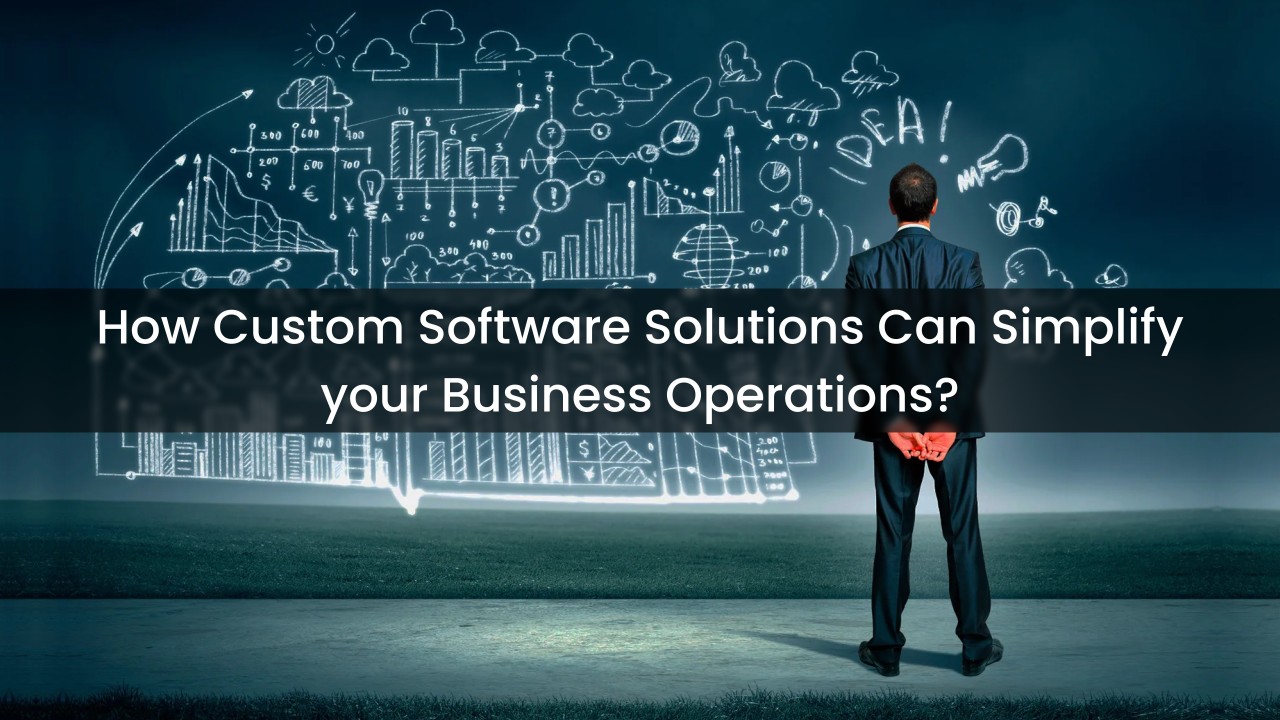How to Choose the Right Software for Your Specific Purpose
Choosing the right software for your specific needs can feel like a daunting task, especially with the myriad of options available today. Whether you're selecting software for personal use, business, or a particular project, making an informed decision is key to ensuring that the solution aligns with your goals, saves time, and ultimately enhances productivity. Here’s a step-by-step guide to help you choose the right software for your specific purpose.
1. Identify Your Requirements
Before diving into the sea of software options, it's crucial to first define your needs. Ask yourself the following questions: What problem am I trying to solve? What features are essential? Who will use the software? By answering these, you'll be able to pinpoint the software that addresses your exact needs.
2. Assess Software Compatibility
Ensure that the software you choose integrates well with your existing tools, platforms, or systems. Whether it’s about operating system compatibility, integration with other tools, or cloud-based vs. on-premise solutions, compatibility is key to a smooth workflow.
3. Look for User-Friendliness
Ease of use is a significant factor. Choose software that is intuitive and doesn’t require extensive training. Also, check for good customer support options in case you run into issues.
4. Evaluate Scalability
Your needs might grow over time. Consider software that can scale with your business, whether it’s handling more users, data, or features. Choose solutions that offer flexibility and future growth potential.
5. Check the Cost vs. Value
Pricing matters, but so does the value. Compare software pricing based on your budget and evaluate what features you’re getting. Many vendors offer free trials to help you make an informed decision before committing to a purchase.
6. Read Reviews and Testimonials
Look for reviews from other users or industry experts to gauge how the software performs. Real-world feedback can give you a clear idea of the software’s strengths and weaknesses.
7. Security and Privacy Considerations
Security should always be a priority. Ensure the software you choose provides proper data protection and complies with relevant regulations, especially if you’re handling sensitive information.
8. Consider the Vendor's Reputation
A reputable vendor offers better customer service, regular software updates, and long-term sustainability. It’s important to choose a vendor you can rely on for the duration of your relationship with them.
Conclusion
Choosing the right software is essential for optimizing your processes and achieving your goals. By following the outlined steps, you’ll be better equipped to make an informed decision that aligns with your needs and future growth.









